Tracing Paper
Uncover our range of Trace Paper & Pads at Discount Art & Craft Warehouse.
We believe that art should be accessible and available to everyone within every budget. Whether you are a professional or a beginner, we aim to provide you with exactly what you need! We stock a wide range of Trace Paper & Pads from the biggest art brands around including Derwent, Reeves, Winsor & Newton, Faber-Castell, Art Spectrum, Copic, Matisse and many more.
We deliver Australia-wide so you can shop in the comfort of your own home.
Canson Tracing Paper
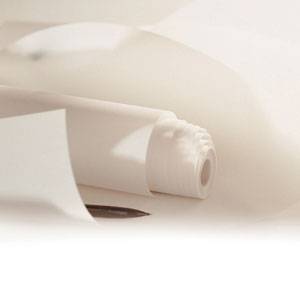
Trace Paper & Pads
NOW $51.00
Dura Lar Wet Media Acetate
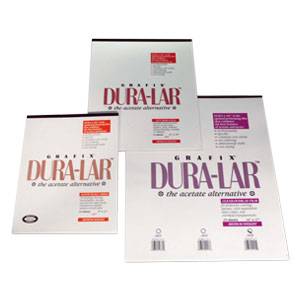
Trace Paper & Pads
FROM $5.45
Grafix Clear-Lay Acetate
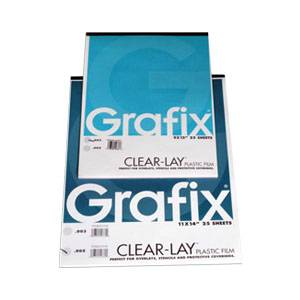
Trace Paper & Pads
FROM $3.10
Reeves Tracing Paper Pads
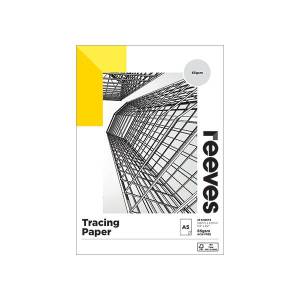
Trace Paper & Pads
FROM $9.90
Saral Wax Free Transfer Paper
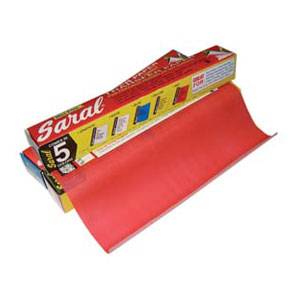
Trace Paper & Pads
FROM $30.70
Utoplex Trace Paper
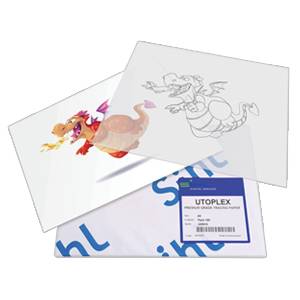
Trace Paper & Pads
FROM $0.50
White Trace Paper Roll
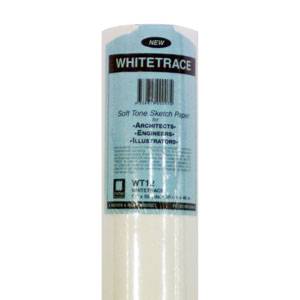
Trace Paper & Pads
FROM $38.60
X-Press It Wet Media Acetate
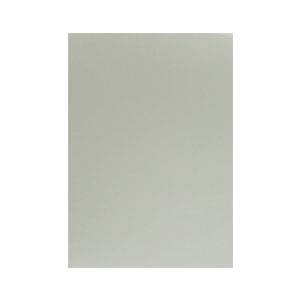
Trace Paper & Pads
FROM $1.75
Yellowtrace Paper

Trace Paper & Pads
FROM $38.60
FAQs about Tracing Paper
What Is Tracing Paper?
Tracing paper is a thin, transparent paper that is used for tracing images and patterns. It is also often used for drawing, sketching, and other art activities. Tracing paper is usually made from cellulose fiber or polyester material.
When used for image transfer, tracing paper is placed over the original image and a pencil or other tracing tool is used to trace the lines of the image onto the paper. The tracing paper is then removed and the image can be transferred to another surface, such as canvas or wood.
When used for creating patterns or templates, tracing paper is cut or torn to the desired shape and then used as a guide for cutting or shaping other materials. For example, a tracing paper template can be used to cut out a piece of fabric that is then sewn into a garment.
What Is Tracing Paper Used For?
Tracing paper has many uses. It can be used for drawing, sketching, and other art activities. It can also be used for dressmaking and pattern drafting, as well as in architecture and design. Tracing paper is also often used in construction and engineering to transfer measurements and drawings onto construction materials.
What Are The Main Types of Tracing Paper?
There are two main types of tracing paper: coated and uncoated. Coated tracing paper has a smooth surface that is ideal for drawing and sketching. Uncoated tracing paper is more textured and is better suited for transferring measurements and drawings onto construction materials.
How To Use Tracing Paper For Drawing?
1. Place a sheet of tracing paper over the image you wish to trace.
2. You can use some tape to help hold the image in place.
3. Using a graphite pencil, trace over the original image, carefully following all the lines.
4. Peel the tape off, and remove the tracing sheet. You should now have two identical images (the original and the traced).
What kind of paper is good for tracing?
The best paper for tracing is a thin, translucent paper that is easy to cut or tear. Tracing paper can be found at most art supplies or craft stores.
What is the difference between tracing paper and vellum?
Vellum is a type of paper that is similar to tracing paper in that it is thin and transparent. However, vellum is usually made from animal skin, whereas tracing paper is typically made from wood pulp. Vellum is also more expensive than tracing paper.
Is tracing paper the same as parchment paper?
Parchment paper is a type of paper that is similar to tracing paper in terms of being thin and transparent. However, parchment paper is usually made from animal skin, whereas tracing paper is typically made from wood pulp. Parchment paper is also more expensive than tracing paper.
What are some tips for using tracing paper?
Some tips for using tracing paper include:
- Choose a thin, translucent paper for the best results.
- Use a pencil or other tracing tool to trace the lines of the image onto the paper.
- Remove the tracing paper after tracing the image and transfer the image to another surface.
- Cut or tear the tracing paper to the desired shape when using it as a pattern or template.
- Use a sharp knife or scissors when cutting out the traced image.
- Place the tracing paper on a firm, flat surface when working with it.
Tracing paper is a semi-transparent surface that can be used to easily trace the outlines and details of an image or a drawing. Once the tracing has been completed onto the tracing paper is can then be transferred over to different location.
Once you have flipped and aligned the tracing paper onto the next medium, you will need to rub the back along the lines of what has been traced. This will allow for an accurate representation of the original image to be transferred onto the next surface, giving you a mirrored version of the image.
Just need to ensure you are using a graphite pencil when doing the original tracing as they show up much more clearly on the next surface than other pencils.
Discount Art N Craft Warehouse offers the best brands at the lowest prices. Take the hassle out of visiting your local art store and order your favourite brands online. Simple, fast and affordable, shopping with Discount Art N Craft Warehouse is the only way to shop art and craft.
Our mission at Discount Art n Craft Warehouse is to supply art n craft lovers with the biggest choice of products at the most affordable low prices.
